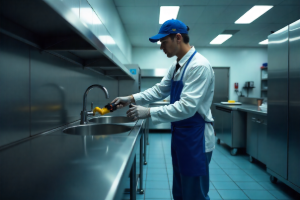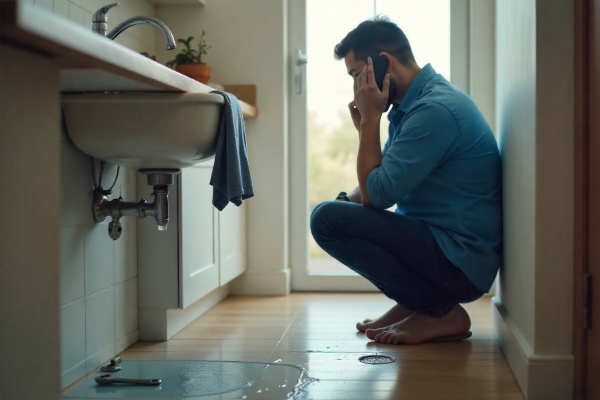Ignoring your plumbing system can lead to expensive damage and unexpected emergencies. Regular maintenance helps prevent leaks, clogs, and water waste—and ensures your home stays safe, clean, and functional. This plumbing maintenance checklist breaks down monthly, seasonal, and annual tasks that every homeowner should follow.
Why Plumbing Maintenance Is Important
Plumbing issues often start small—like a slow drip or reduced water pressure—but they can escalate into burst pipes, water damage, or mold growth if left unchecked. Regular inspections and basic maintenance:
- Extend the life of your plumbing system
- Reduce water bills
- Prevent emergency repairs
- Maintain the efficiency of fixtures and appliances
Whether you’re a homeowner or managing a rental property, plumbing maintenance is essential to avoid costly surprises.
How Often Should You Inspect Your Plumbing?
- Monthly: Quick visual checks and faucet/toilet tests.
- Seasonally: Prepare your system for weather changes.
- Annually: Deep inspections and professional servicing.
Our basic plumbing repair guide can help you understand the warning signs early.
Monthly Plumbing Maintenance Tasks
Check for Leaks Under Sinks
Open the cabinet and inspect for water spots, mold, or a musty smell. Even small drips can cause damage over time.
Test Water Pressure in Faucets and Showers
Low water pressure could signal pipe blockages or leaks. If you notice a change, it’s worth further inspection.
Inspect Toilet for Leaks or Running Water
Drop food coloring into the toilet tank. If color appears in the bowl after 10 minutes without flushing, you have a leak.
Ensure Drains Are Flowing Smoothly
Run water in all sinks and tubs. Slow drainage may indicate buildup. Use a natural drain cleaner or schedule professional drain cleaning if needed.
Seasonal Plumbing Maintenance Tasks
Insulate Pipes Before Winter
Prevent frozen and burst pipes by insulating exposed pipes in basements, crawl spaces, and garages. Learn more in our frozen pipe prevention guide.
Disconnect Outdoor Hoses in Fall
Leaving hoses connected in cold weather can cause outdoor faucets and connected pipes to freeze and burst.
Check Sump Pump Function in Spring
Pour water into the pit to ensure the pump activates. If it doesn’t, you might need repair or replacement to avoid basement flooding.
Flush Water Heater in Summer or Fall
Sediment buildup lowers efficiency. Flushing the tank once a year helps extend its lifespan. Learn how in our water heater maintenance checklist.
Annual Plumbing Maintenance Tasks
Schedule Professional Drain Cleaning
Deep clogs build over time. Prevent emergencies with yearly snaking or jetting from a licensed plumber.
Inspect Water Heater and Anode Rod
Look for corrosion or leaks. A corroded anode rod should be replaced before it affects the tank.
Examine Exposed Pipes for Corrosion
Rust or white buildup can signal leaks or deterioration. These should be addressed quickly to avoid bursts.
Test Main Water Shut-Off Valve
Make sure it turns smoothly and fully shuts off water. If it’s stuck or corroded, have it repaired or replaced.
Inspect Sewer Line (If Applicable)
If your home has older pipes or recurring clogs, consider a camera inspection of your sewer line. This can uncover tree roots or pipe damage.
Signs You Need a Plumber Right Away
Call a professional if you experience:
- Water pooling around appliances or walls
- Burst or frozen pipes
- Gurgling sounds from drains
- Persistent bad odors from sinks
- No water flow or hot water
- Clogged toilets or drains that won’t clear
Explore our urgent plumbing repair service if you notice any of these signs.





